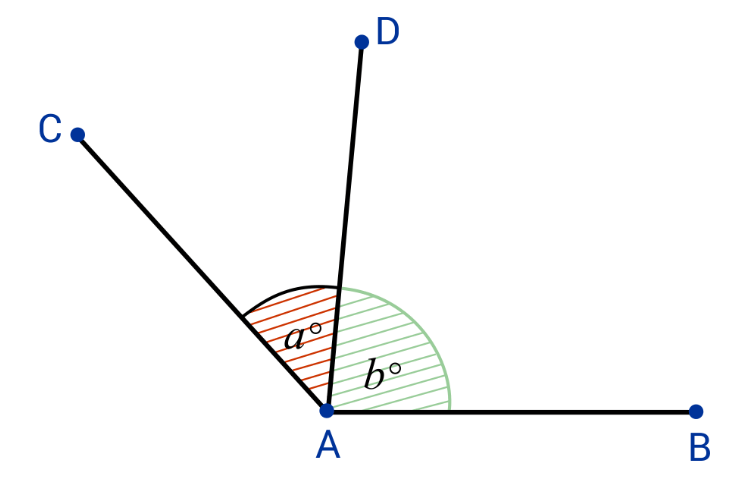Rewrite the following statement as a conditional:
"All complementary angles total 90 degrees."
If angles are complementary, then they total 90 degrees.
Inductive reasoning is based on...
viewing examples and discovering a pattern
Name that property:
1. AB + CD = EF + CD
2. AB = EF
Subtraction PoE
Write the converse of the following conditional:
"If a number is even, then it can be divided by 2."
If a number can be divided by 2, then it is even.
Is the following an example of inductive or deductive reasoning?:
"Every time your older cousin picks you up from practice this month, you stop for ice cream on the way home. So, you conclude that the next time your cousin picks you up from practice, you will stop for ice cream on the way home."
inductive reasoning
- viewing examples (previous times you were picked up) and discovering a pattern (stopping for ice cream)
Name that property:
1. 4y=24
2. y=6
Division PoE
Write the inverse of the following conditional:
"If the bell rings, then class is over."
If the bell doesn't ring, then class isn't over.
Is the following an example of inductive or deductive reasoning?:
"Maya sees a sign that reads 'No talking during testing', so she concludes that she would get in trouble for talking to her friend during the test."
deductive reasoning
- based off a known fact (posted sign)
Name that property:
1. x=10
2. 10=x
Symmetric PoE
Write the contrapositive of the following conditional. If the contrapositive is false, write a counterexample:
"If two angles are adjacent, then they form a linear pair."
If two angles do not form a linear pair, then they are not adjacent.
counterexample:
Use the Law of Detachment to draw a new conclusion from the following statements:
"If the sum of the digits of the number n is divisible by 3, then n is divisible by 3.
The sum of the digits of 171 is 9."
171 is divisible by 3.
Name that property:
1. 2(7a-3)
2. 14a-6
Distributive PoE (Distribution)
Write the conditional and converse of the following statement. If either are false, provide a counterexample:
"An angle that measures 34 degrees is an acute angle."
Conditional: If an angle measures 34 degrees, then it is acute.
Converse: If an angle is acute, then it measures 34 degrees. - false! counterexample: 50 degrees is also acute.
Use the Law of Syllogism to create a new statement from the following pair of statements:
"

Name that property:
1. g=h, h=f
2. g=f
Transitive PoE